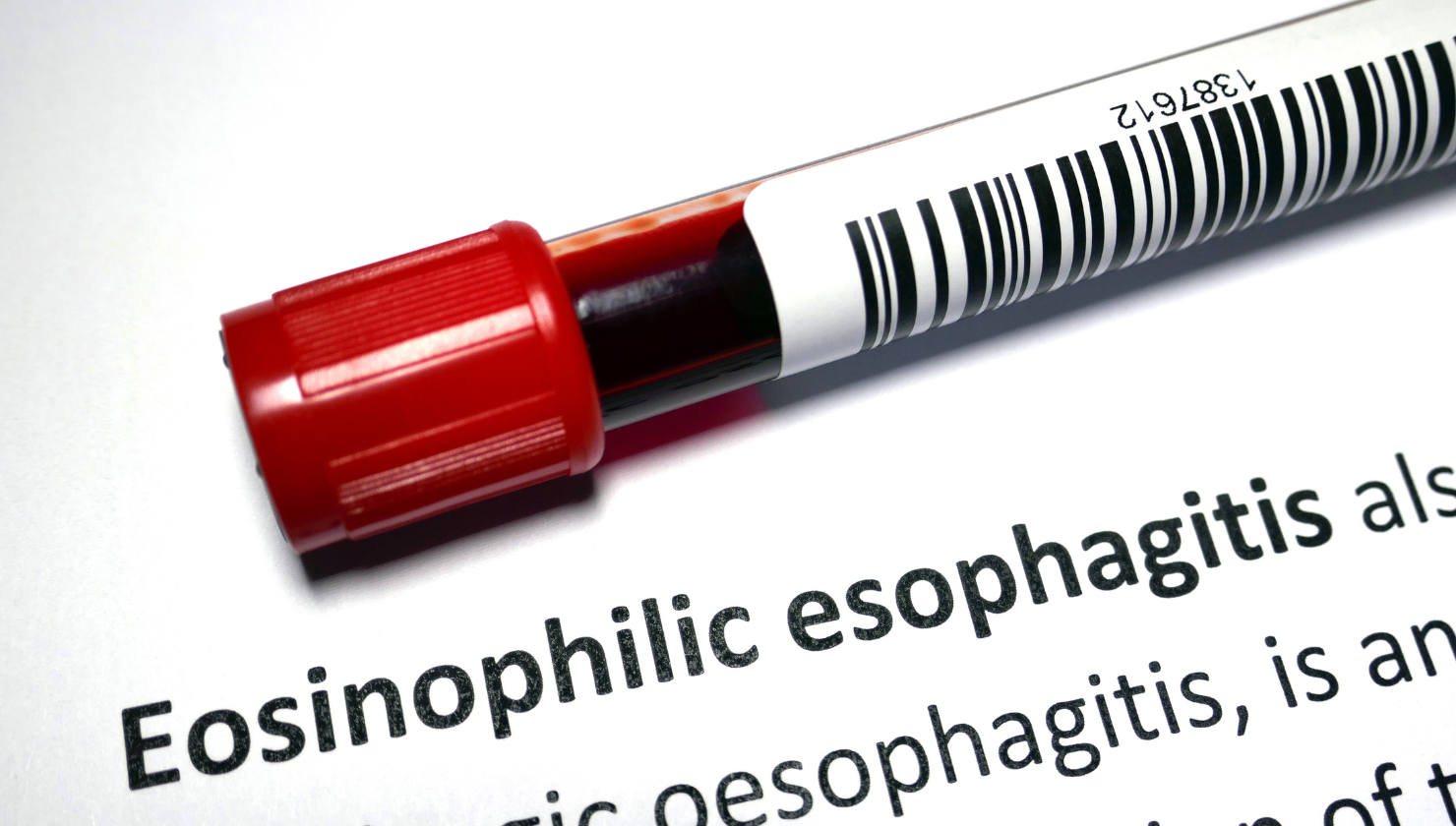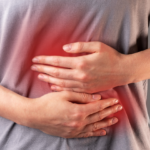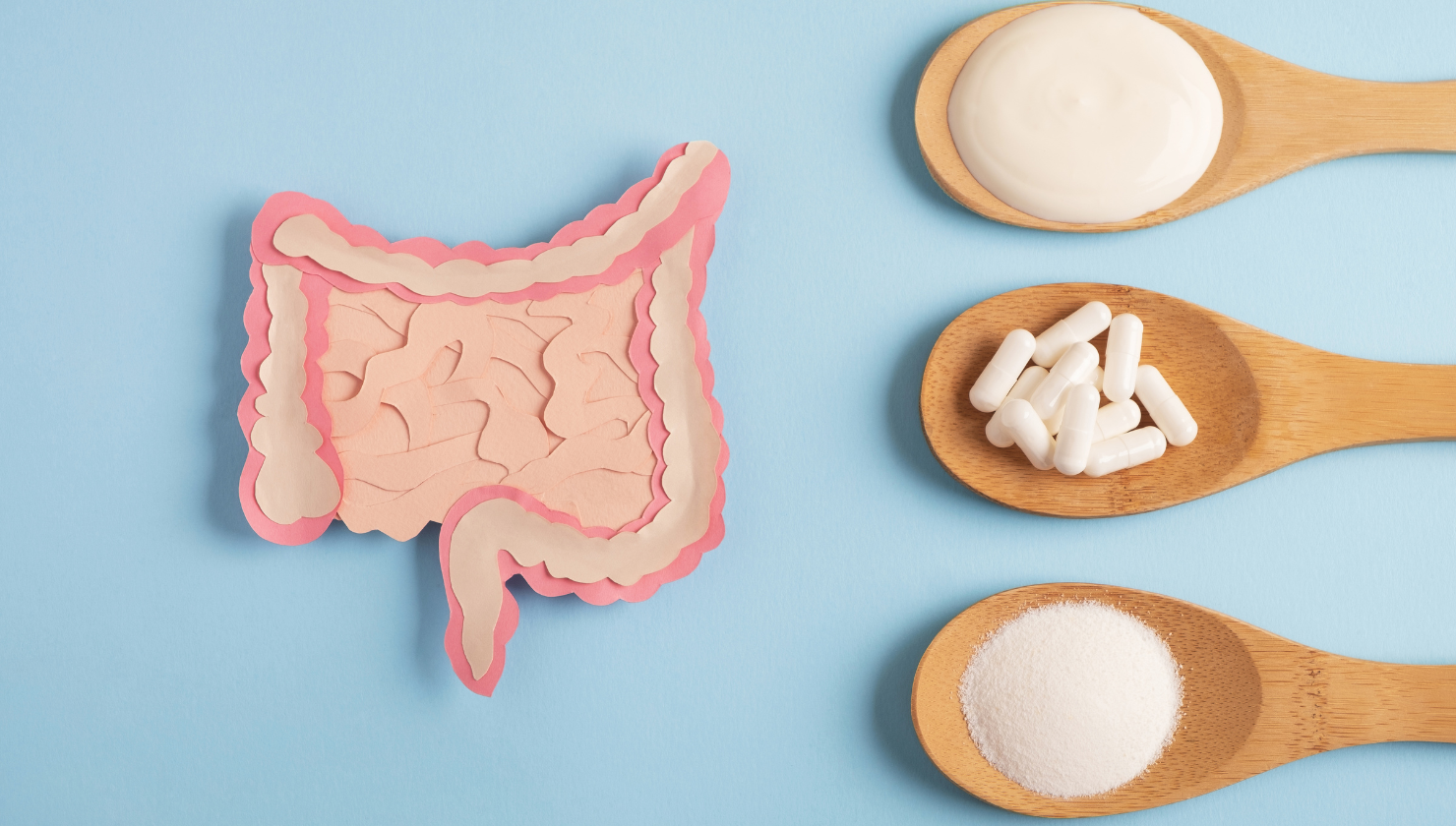Current research suggests a possible increased prevalence of EoE in autistic children, with delayed diagnosis as symptoms initially dismissed as behavioural” or “sensory”. Data is still emerging. Here’s what we know:
Sero-Negative Coeliac Disease: An Overview for Primary Practice
Definition & Key Features
Seronegative coeliac disease (SNCD) is a form of coeliac disease (CD) in which patients have negative serum antibodies (e.g., anti-tTG IgA, EMA IgA) but positive duodenal histology (Marsh 2-3 lesions).
Diagnostic Challenges
- False-negative serology occurs in upto 5% of CD cases.
- SNCD must be distinguished from:
- IgA deficiency (check total IgA).
- Other villous atrophy causes (e.g., autoimmune enteropathy, tropical sprue,
medications like olmesartan).
Evidence-Based Insights
1. Causes of Seronegativity
- IgA deficiency (5–10x higher CD risk; use IgG-based tests).
- Mild/early histologic changes (patchy villous atrophy).
- Low-gluten diet before testing (reduces antibody production).
- Immunosuppressants (e.g., steroids, biologics).
2. Key Studies
Leffler et al. (2009) (Clin Gastroenterol Hepatol) – Found ~5% of biopsy-proven CD
cases were seronegative.Volta et al. (2013) (Dig Liver Dis) – Identified SNCD in 2.1% of CD patients, often
with milder symptoms.Sugai et al. (2018) (Am J Gastroenterol) – Reported SNCD patients had lower HLA-
DQ2 homozygosity, suggesting a distinct subgroup.
3. Genetic & Immunologic Clues
- HLA-DQ2/DQ8 is still required (like classic CD).
- Intraepithelial lymphocytes (IELs) with TCRγδ+ may support diagnosis.
Diagnostic Challenges
Step 1: Rule Out False Negatives
✅ Check total IgA (exclude IgA deficiency → use IgG anti-tTG/DGP if low).
✅ Confirm gluten exposure (>6 weeks before testing).
✅ Review medications (e.g., immunosuppressants).
Step 2. Consider SNCD If:
- Chronic symptoms (diarrhoea, weight loss, iron deficiency).
- Family history of CD.
- No alternative cause for symptoms.
Step 3. Refer for Endoscopy
- Duodenal biopsies (≥4 samples, including bulb).
- Histology findings:
- Marsh 2 (increased IELs + crypt hyperplasia).
- Marsh 3 (villous atrophy).
Step 4. Confirm Diagnosis in conjunction with gastroenterologist
- Clinical + histologic response to GFD (symptom improvement, histologic healing on repeat biopsy).
Management
- Lifelong gluten-free diet (same as classic CD).
- Monitor for complications (osteoporosis, micronutrient deficiencies).
- Consider repeat biopsy to confirm healing if symptoms persist.
Key Messages for Primary Care physicians:
🔹 SNCD is rare but real – don’t exclude CD based on serology alone if clinical suspicion is high based on symptoms, family history etc.
🔹 HLA testing helps (if negative, CD is unlikely).
🔹 Collaborate with gastroenterology for confirmation of diagnosis.
© Dr Amit Saha, 2025
Book a Consultation







